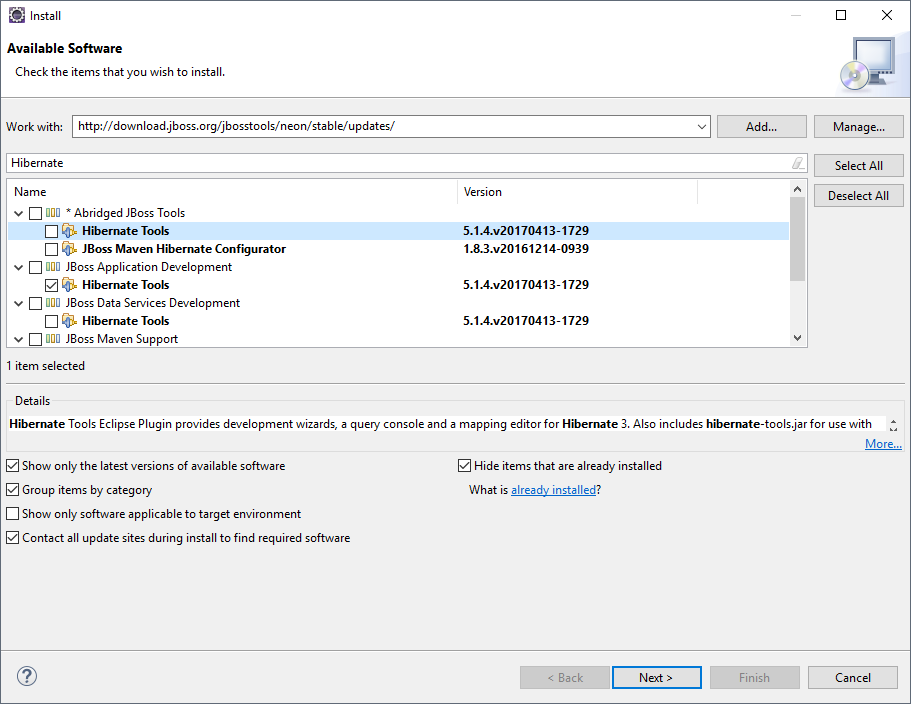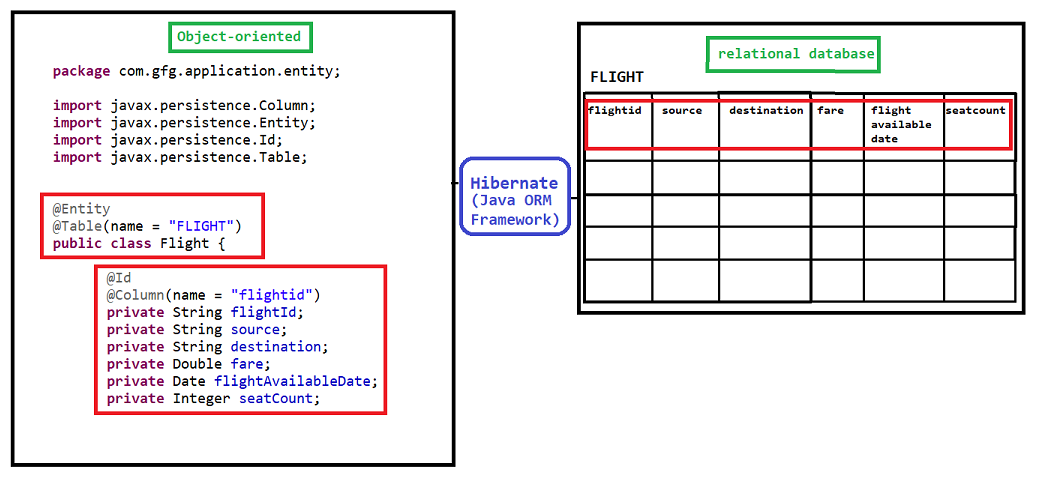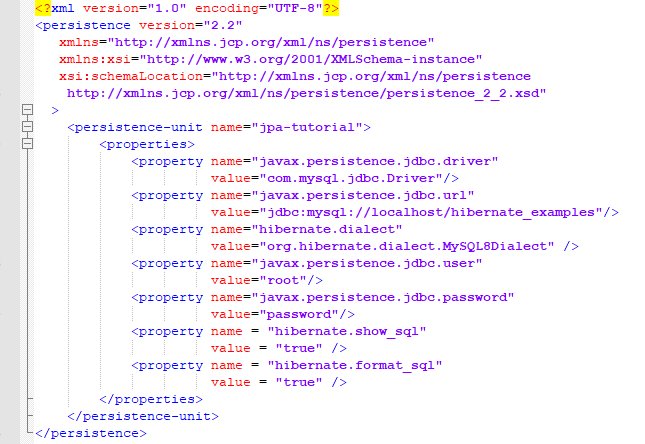Roads & PavementRoads & Pavement
Barefoot
Minimal
Low
Medium
High
Maximal
All around running shoes offer comfort and cushioning for daily runs, jogs, walks, and long mileage. They offer enough versatility for both faster and slower runs and are a great option for those who want one running shoe to do it all.
Fast run or uptempo running shoes are lightweight and responsive. They offer streamlined designs that have minimal uppers and offer a high level of energy return. These shoes are a great option for faster runs in the week or those looking for a livelier experience.
Max Cushion shoes offer premium cushioning with ample ground protection and a stable ride. These types of shoes provide abundant impact protection that softens landings while running at any pace or distance. These types of shoes are best for slower recovery runs and easy days where comfort takes priority.
Racing shoes are designed with optimal performance in mind. These types of shoes have snug-fitting uppers, energetic midsole foams, and features implemented for maximum efficiency. These types of shoes are best for runners looking to gain the ultimate advantage in races but may sacrifice some durability and comfort.
Gym Workout shoes offer a stable and versatile ride. They have a firmer underfoot feeling that provides stability for lateral movements with comfortable uppers. These types of shoes are best for trips to the gyms, cross training, casual wear, and light running. Object Relational Mapping ORM with XML Data Entities in Java
Road running shoes feature smooth outsoles that are designed for running on paved surfaces such as roads, sidewalks, and bike paths.
Designed to handle most trail runs, these shoes prioritize comfort and a smooth ride. These shoes are great for anything from smooth singletrack, park trails, and fireroads making them ideal for those who run from their doorstep on streets before hitting the trail.
These shoes are best used for hard, rugged trails such as shale, granite or sandstone where grip on smooth surfaces and underfoot protection are important.
Designed for use in muddy, soggy conditions, these shoes feature very aggressive outsoles that dig deep into soft ground for exceptional traction.
These shoes feature technical outsoles designed to grip snowy and icy trails making them ideal for winter trail running.
Cushioning level, or stack height, refers to how much shoe is between your foot and the ground. For this category, we reference the amount of cushioning below the forefoot as the heel height will be equal to or greater than the forefoot height.
How to generate Hibernate mapping files annotation with
0-13mm. The Shoe generally does not have a midsole and feels like there is no cushioning. This shoe is all about feeling the ground underfoot.
14-18mm. The shoe has a thin midsole that allows for a natural running experience. Racing shoes and minimalist shoes are common here. These shoes offer a feeling of being connected to the road or trail.
19-23mm. The shoe has a slightly cushioned feel and may feature added cushioning technologies. Performance training shoes and some trail shoes are common here. These offer protection during footstrike but prioritize a lightweight, grounded experience.
24-28mm. These shoes have a stack height that fall near the middle of the spectrum.The shoes in this category are verstaile and great for all types of runs and distances.
29-34mm. The shoe has a thick midsole and ample cushioning. These shoes are highly protective and absorb more impact than the body.
35mm plus. The shoe has an extremely thick midsole and extra cushioning. The focus is on protection and soft foam underfoot with hardly any ground feel.
Neutral shoes support the foot through a normal range of arch collapse and generally do not have a built-in technology to correct movement.
Stability shoes are a great option for those who overpronate or need added support. These shoes help to limit the inward rolling motion of the ankle while running or walking and assist in guiding the foot straight through the gait cycle. Spring Hibernate Configuration and Create a Table in Database
Product Details:
Hibernate JPA mapping a map entity basic using annotations store, 3 Hibernate mapping configuration Download Scientific Diagram store, Domain models and metadata Hibernate store, JPA Hibernate One to Many Mapping Example with Spring Boot store, Introduction to Hibernate framework. Hibernate Architecture tutorial store, Removed Interface store, Hibernate and JPA column mapping with annotations store, Lesson 67 Hibernate Component mapping using XML and Annotation based Config store, Hibernate One To Many Mapping Example Annotation DigitalOcean store, Hibernate Introduction store, Java Hibernate Programming with Architecture Diagram and Example PPT store, Defining Hibernate Class Mapping Options store, How to create a hibernate mapping XML file automatically store, demo java hibernate store, Build a Hibernate SessionFactory by example store, Hibernate Example Tutorial store, Spring Hibernate Configuration and Create a Table in Database store, How to generate Hibernate mapping files annotation with store, Object Relational Mapping ORM with XML Data Entities in Java store, Hibernate the beginning Fruzenshtein Notes store, Hibernate Tutorial part 12 MappedBy property concept in detail store, Java Map to JSON mapping with JPA and Hibernate Vlad Mihalcea store, Hibernate Introduction store, Solved Hibernate mapping bean exception Development OpenMRS store, Welcome Introduction store, Guide to JPA with Hibernate Relationship Mapping store, Hibernate store, Tooling for your Hibernate projects. Hibernate Tools store, Hibernate Many to Many How hibernate many to many annotation work store, Defining primary identifier mappings store, Hibernate Architecture Simplified Learning store, Hibernate Interview Questions store, Chapter 4. Eclipse Plugins store, Chapter 1. Introduction to Hibernate store, Architecture of Hibernate store, Hibernate 5 Annotation Example store, Inheritance and custom types Hibernate store, Hibernate SortedMap Mapping GeeksforGeeks store, Managing Entity Relationships store, Chapter 4. Eclipse Plugins store, java Location of hibernate.cfg.xml in project Stack Overflow store, spring How Do I Create Many to Many Hibernate Mapping for store, Hibernate Tutorial Manage Hibernate Configuration File with store, Using Hibernate in NetBeans 1. As we know the architecture of store, Hibernate 5 Java Configuration Example DZone store, Hibernate One To Many Mapping Example Annotation DigitalOcean store, Hibernate Tutorial Manage Hibernate Configuration File with store, Hibernate Tutorial Manage Hibernate Configuration File with store, The best way to map an entity version property with JPA and store, java Why is mapping property in hibernate.cfg.xml ignored store, Product Info:
Hibernate mapping property store.
- Increased inherent stability
- Smooth transitions
- All day comfort
Model Number: SKU#7602080





